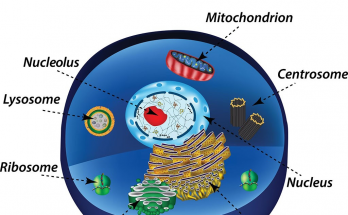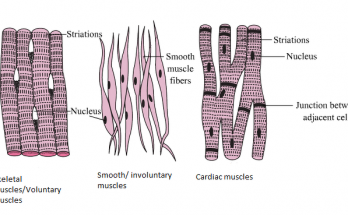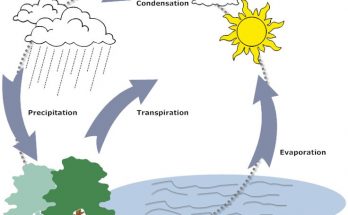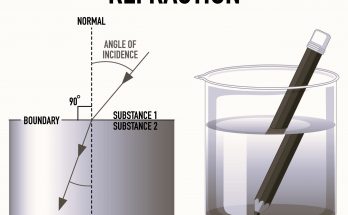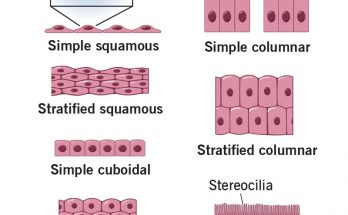
Simple Epithelial Tissue- Structure, Function, Types, and Locations Explained with Examples
Explore the structure, function, types, and locations of simple epithelial tissue in this detailed guide. Understand how these tissues line organs and cavities, facilitating essential functions like absorption, secretion, and filtration. Examples include skin, lungs, and digestive tract, each demonstrating the unique adaptations of epithelial cells in human anatomy.
Simple Epithelial Tissue- Structure, Function, Types, and Locations Explained with Examples Read More